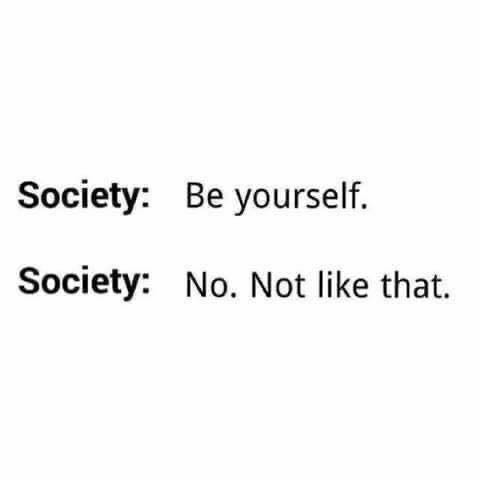Who is driving this thing anyway?
On the audacity of hoping for inclusive education in a non-inclusive school system.

“What do you think of self-contained classrooms?”
I was asked this question during my interview to become a support specialist for my district. This role gave direct support to teachers working with students with more significant disabilities (autism, intellectual disabilities, and emotional behavior disorders).
It was no secret that, despite working in segregated disability-specific classrooms, I wasn’t a fan of them. I believed all students deserved to be in general education and that we were serving too many students with disabilities in separate and unequal settings.
One of my friends and colleagues even concluded that with all the advocating I was doing to move inclusive education forward in my school district, I was “working myself out of a job.” That is, of course, ridiculous because it wasn’t about me not teaching, just not teaching in a way that was confined to a special classroom.
In an inclusive model, special education teachers aren’t in resource or special day classrooms, they are embedded throughout the school supporting all students.
Back to the interview.
“To answer your question,” I said, “I don’t like them. But I understand that with a large district that serves over 100,000 students, change doesn’t come easily or fast.”
“That’s right,” said one of the three interviewers, “our district is a big ship and it is going to take us a while for us to turn it around.”
This interaction, along with others with district administration, gave me hope. There were few who openly rebuked my stance on inclusion, though who knows what people said when I wasn’t in their proximity.
I had my allies in families, certain administrators, and other teachers who shared the desire to have a more inclusive system.
But a recent conversation with some inclusionists reminded me that this work is tiring. This fight is nothing new.
In the classic article from 1995 entitled “The Real Challenge of Inclusion,” Dianne Ferguson lays out what we are up against.
Neither special or general education alone has either the capacity or the vision to challenge and change the deep-rooted assumption that separate and track children and youths according to presumptions about ability, achievement, and eventual social contribution. Meaningful change will require nothing less that a joint effort to reinvent schools to be more accomodating to all dimensions of human diversity.
After working for over a decade in the same school system and seeing very little progress with the leadership communicating that special education is a service, not a place (because we just keep creating more places to send kids), it begs the question, “Who is driving this thing anyway?”

I can’t overstate how important it is for inclusive education to be a priority that is communicated from the top-down. And with the renewed emphasis on equity, Multi-Tiered Systems of Support (MTSS), and culturally responsive teaching, it is even more important for the details not to get lost in the bigger picture.
So for all of you who were in my situation — educators who are stuck in a non-inclusive system or in systems that say they want to change but you’re suspicious it’s only lip service — you are not alone.

Here is one takeaway. File this away in your brain as a talking point when you come across people who think inclusion just means putting kids with and without disabilities in the same classroom with no plan to do anything different.
The path to equity for all students is through inclusive education.
We can’t say that we are implementing MTSS, reimagining and creating equitable schools, and supporting all students without discussing how we are including students with disabilities in the process.
School systems need to be actively dismantling silos rather than creating new ones. Meaning any discussion of how we support all students needs to include all teachers.
I’m so glad you are here sharing in this work. If this message resonates with you, share it with a fellow inclusionist.
See y’all next time.
Tim
MCIE’s New Look
Guess what y’all? The MCIE website has a new look. Come by and check it out and peruse our resources pages. And make sure to let us know what you think of the new format!
ICYMI
(Edutopia) Students With Limited Verbal Capabilities Can Thrive in Inclusive Classrooms
The Truth Behind Georgia’s Medicaid Waivers: A Look at “6,000 Waiting”
Does Behaviorism Belong in the Classroom? Answers from Alfie Kohn
In The News
Calls Grow For April To Be Designated ‘Autism Acceptance Month’
Ed Department Urged To Direct More COVID-19 Relief Funds To Students With Disabilities
American Sign Language Finds Its Spotlight
“The Hiring Chain” – Coordown’s World Down Syndrome Day Video Campaign
What I’m Reading

What I’m Watching
What I’m Listening To
What’s in my Timeline


From the Wayback Machine
Inclusion Is All About Supports






